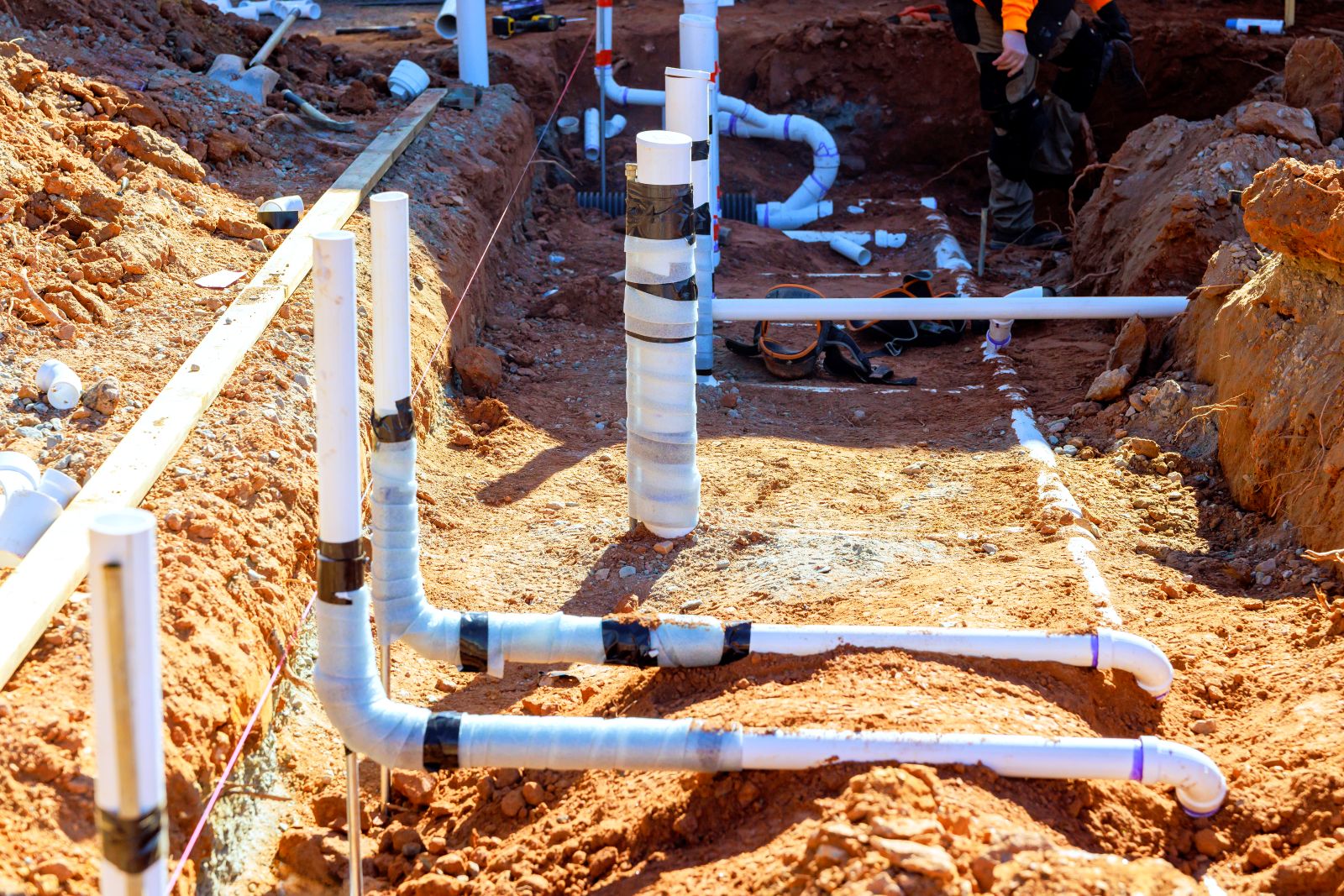When it comes to high-risk worksites and sprawling project zones, comms gear isn’t just a convenience, it’s a safety line. Tradies working across construction, infrastructure, civil works, and logistics know the pain of comms failure in the middle of a job.
Whether it’s a dropped signal during a crane lift or a radio that gives out halfway through a remote install, poor comms cause costly delays and real safety risks. That’s where Tait’s latest radio models, the TP9900 and TM9900, step in.
These aren’t just next-gen upgrades. They’re purpose-built solutions that address the real frustrations Kiwi tradies deal with daily. From ruggedness to regional roaming, these units are engineered to keep things running smoothly no matter the size or scope of the job. Built with New Zealand’s mixed terrain and trade industries in mind, they combine unmatched interoperability, rock-solid build quality, and modern features that add real value on site.
Key Takeaways
- Tait’s TP9900 (portable) and TM9900 (mobile) radios support full interoperability with P25, DMR, and analogue networks, allowing seamless cross-protocol roaming
- Designed for tradies operating in tough, unpredictable environments: IP68 waterproof, MIL-STD-810H rated, with glove-friendly usability
- Features like GNSS positioning, AES256 encryption, Bluetooth, and Wi-Fi elevate on-site safety, crew coordination, and digital tool integration
- Supported by dealer networks and service providers in Auckland, Waikato, and Taranaki to minimise downtime and maximise performance
The New Heavyweights in Two-Way Radio: TP9900 and TM9900
Built for Multi-Protocol Flexibility
One of the most critical changes with the TP9900 and TM9900 is their ability to operate across DMR, P25, and analogue systems in a single device. No matter which network your site uses, these radios adapt without issue. For project managers juggling subcontractors on mixed networks or for crews moving across public and private contracts, this functionality means fewer interruptions and smoother workflows.
Whether you’re moving from one job site to another or managing comms across a public and private partnership, you’ll appreciate how the radios handle transitions. You won’t be fiddling with configurations or dealing with dropouts. The radios adapt to the job, not the other way around.
Rugged, Real-World Design
These radios are designed to survive rough handling and unpredictable job conditions. IP68 waterproofing ensures they function even after being submerged or caught in torrential rain, while MIL-STD-810H military-grade durability means they withstand shocks, drops, and vibration. The screen is glove-friendly, glare-resistant, and clear even in bright sunlight.
For tradies in the thick of the action, on scaffolds, in trenches, or on roadside setups, this kind of durability isn’t a bonus, it’s a requirement. The TP9900 and TM9900 tick all the boxes that matter when your gear takes as much of a beating as you do.
Why These Radios Matter for Kiwi Tradies
Multi-Band Means Multi-Region
With multi-band radio support, these devices can handle UHF, VHF, and 700/800MHz systems. That means whether you’re working a high-rise in Auckland, a dairy operation in the Waikato, or a highway project in Taranaki, you’re always connected. The radio transitions automatically between bands, ensuring you stay in touch without switching equipment.
For tradies who take jobs all over the North Island, this seamless connectivity is a time-saver. Less downtime. Less frustration. And no more last-minute gear swaps when you hit a patchy zone.
Secure Comms with Real-World Benefits
Data security might not seem top of mind for most tradies, but if you’re working commercial jobs, managing access gates, or coordinating subbies across multiple sites, encrypted comms matter. The TP9900 and TM9900 offer built-in AES256 encryption, giving you the same level of protection used by emergency services.
This level of security protects not just voice comms, but also data being transmitted via smart integrations. Whether it’s project updates, location check-ins, or team alerts, you’re not broadcasting sensitive info to anyone scanning the waves.
Built-in GPS and Smart Integrations
GNSS positioning tech, including GPS, GLONASS, and Galileo support, makes these radios excellent for tracking lone workers, mapping crew movements, or monitoring vehicle routes. Pair them with fleet software or safety platforms, and you’ve got live insight into your team’s performance and safety status.
Bluetooth and Wi-Fi integration also opens up compatibility with external job apps, workforce management tools, or remote diagnostics. These radios do more than talk, they plug into your existing systems to streamline how your crew communicates.
Where To Get Support and Service in NZ
Dealer Networks in Auckland, Waikato, and Taranaki
Your radio setup is only as strong as the support behind it. That’s why having local dealer networks across Auckland, Waikato, and Taranaki is a major advantage. Whether you’re looking to buy new units, configure channels, or need an urgent repair, there’s always a local expert who knows the gear and can get you back up fast.
Turnaround time matters, especially when you’ve got crews waiting. Being able to walk into a regional hub and talk to someone who speaks your language, and knows your industry, makes all the difference.
Long-Term Service and Parts Availability
These radios aren’t built to be tossed after two years. Tait is known for its long-term product support, with parts and firmware updates available long after the initial purchase. That means when you buy TP9900 or TM9900 units, you’re investing in a platform that’ll grow with your business.
You won’t be scrambling to replace discontinued models or re-train staff on a new system every couple of years. For tradies juggling multiple crews, vehicles, and gear setups, long-term stability in your comms system is a game changer.
Should You Upgrade? Here’s the Call
Still running TP9300s or TM9300s? You’re not alone. They’ve been solid workhorses across hundreds of Kiwi worksites. But if you’re operating across regions, on large projects, or dealing with signal dropouts, it’s time to consider a shift.
The TP9900 and TM9900 bring stronger signal clarity, better durability, and real interoperability. That means fewer comms breakdowns, tighter crew coordination, and smarter integrations with the rest of your toolkit. For crews of five or more, the return on investment is clear.
If you’re a one or two-person crew mostly working local jobs, you might stretch another year or two out of your existing units. But if your current radios are five years old or more, and you’re starting to feel their limitations, this upgrade should be on your radar.
If you’re working in remote or high-risk environments, you’ll want to read how Tait Radios perform in New Zealand’s rugged conditions and emergency scenarios.
Tait Radios Keep Tradies Moving
In the fast-paced world of trades, every minute lost to a misheard call or faulty signal costs time and money. The TP9900 and TM9900 are the kind of radios that meet the needs of modern, mobile, safety-focused crews. They’re durable, adaptable, and built for New Zealand’s work conditions.
Add to that the peace of mind that comes with local service support in Auckland, Waikato, and Taranaki, and it’s clear these radios aren’t just about tech specs. They’re about getting the job done, day in and day out, with gear you can trust.
For tradies chasing high-performance comms gear with the staying power to handle years of demanding work, the TP9900 and TM9900 are more than a smart choice, they’re an investment in keeping your crew moving, connected, and safe.


